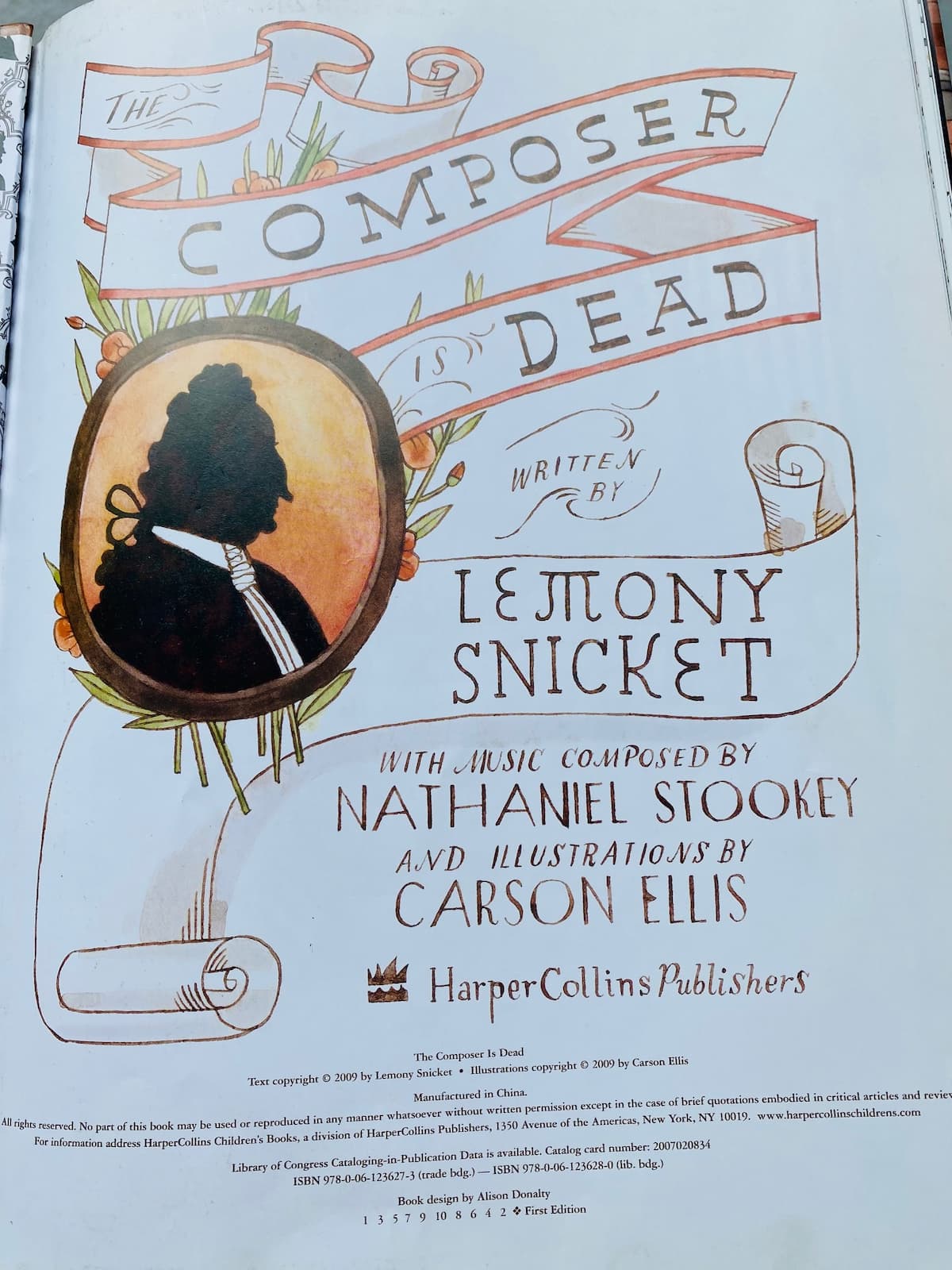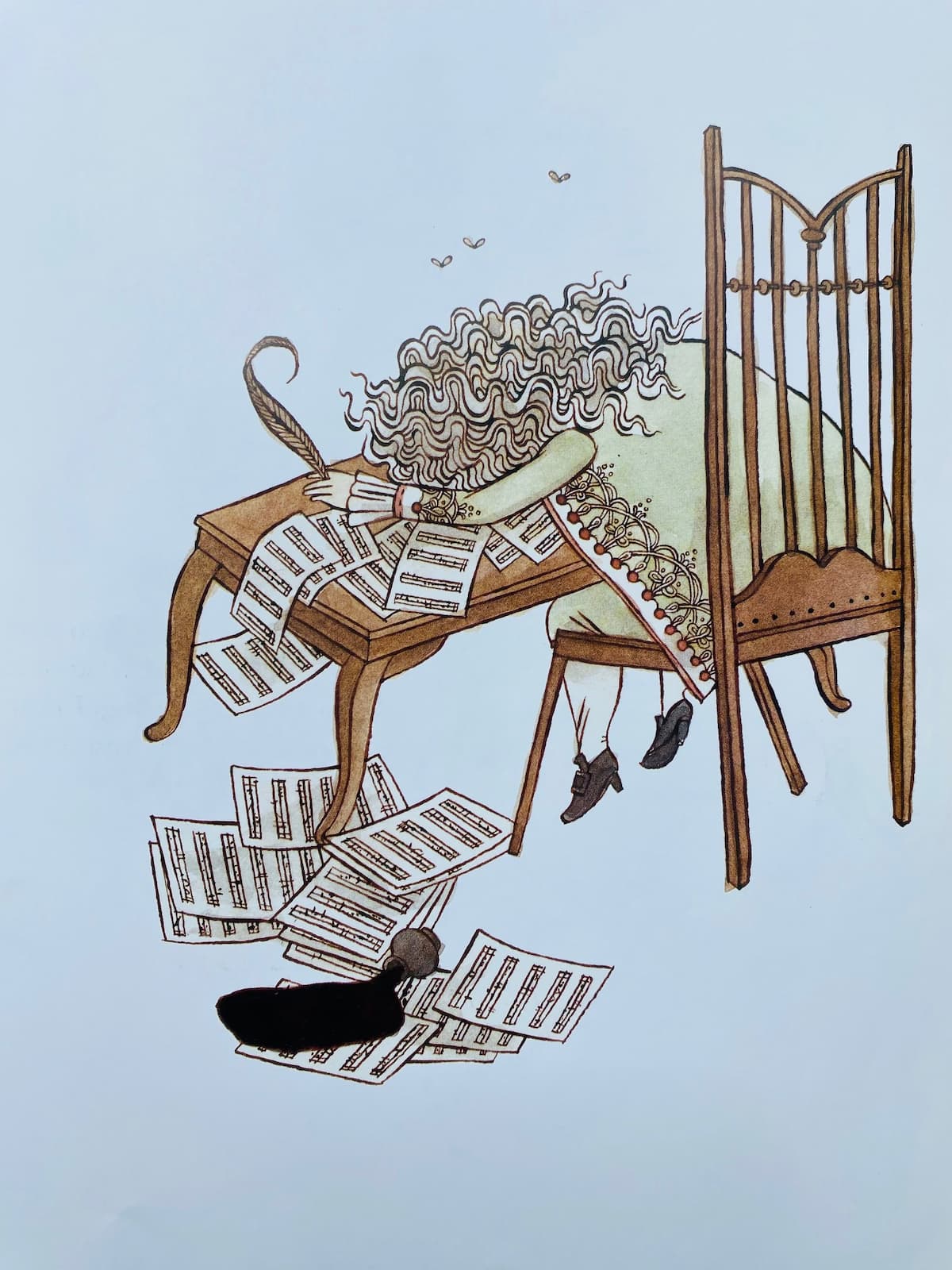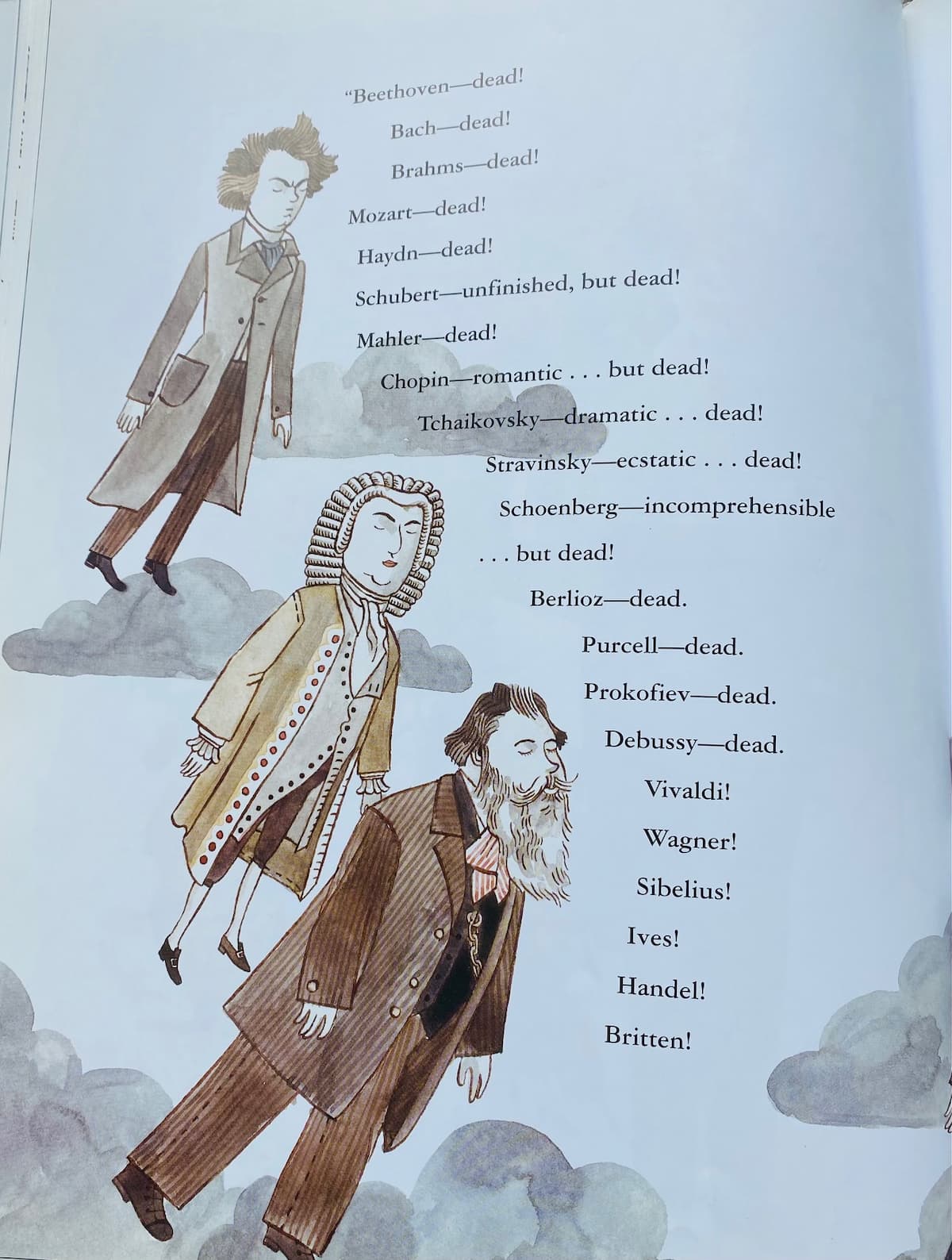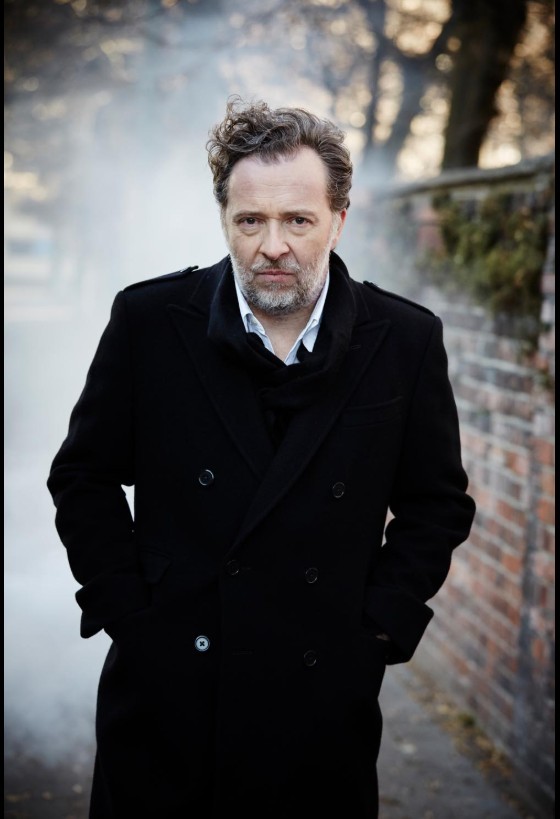Who among music lovers hasn’t heard Camille Saint-Saëns’ Carnival of the Animals, or Sergei Prokofiev’s Peter and the Wolf, or Benjamin Britten’s Young Person’s Guide to the Orchestra? These works are treasured favorites, appreciated equally by audiences and musicians. Each composer singles out and highlights the sections of the orchestra showing off their distinctive way of playing. What could be more elegant and soulful than the cello playing The Swan and the double bass playing The Elephant is suitably clumsy? Prokofiev, in Peter and the Wolf, has the flute imitate the bird, and the wolf is portrayed by the menacing horns. Britten writes beautifully for each section without a story but there is no doubt which group is being featured.
Camille Saint-Saëns: Carnival of the Animals – V. The Elephant (Claude Frank, piano; Lilian Kallir, piano; Philadelphia Orchestra; Eugene Ormandy, cond.)
Camille Saint-Saëns: Carnival of the Animals – XIII. The Swan (Claude Frank, piano; Lilian Kallir, piano; Philadelphia Orchestra; Eugene Ormandy, cond.)
Benjamin Britten: The Young Person’s Guide to the Orchestra: Variations and Fugue on a Theme of Henry Purcell, Op. 34 (Philadelphia Orchestra; Eugene Ormandy, cond.)
As parents, you might have taken your children to concerts of these works, and I would think you also enjoyed reading books to them, especially those by Lemony Snicket aka Daniel Handler. His unique and absurd humor throughout A Series of Unfortunate Events has captivated readers selling 65 million books in 41 languages.
The creative author has added to the repertoire of works that introduce the orchestra to young people. The Composer is Dead, music by Nathaniel Stookey, with text by Lemony Snicket, is a work of 30 minutes with narrator. Commissioned by the San Francisco Symphony in 2006, it has been performed by hundreds of orchestras worldwide and has been cited as one of the five most performed works of the 21st century. (Mr. Stookey can be hired to recite in French, Spanish, or English!)
The Composer is Dead – Full performance
The composer has quite a resumé. He was first commissioned by the San Francisco Symphony at age 17. Stookey has collaborated with several orchestras including the Philadelphia, Cleveland, Chicago, Los Angeles, Toronto, and The City of Birmingham orchestras, and he was composer-in-residence under Kent Nagano with The Hallé Orchestra. His vocal and theatrical works have received acclaim for their innovation and emotional depth. Frederica von Stade presented Stookey’s setting of Into the Bright Lights her personal texts, during her 2009 farewell tour. Stookey’s concerto, Double, for two violins and strings, was commissioned to represent 1999 during the millennial Festival of 999 Years of Music in Sheffield, England.
The Composer is Dead is a perplexing murder mystery. The premise—a section of the orchestra is responsible for the death of the composer. Musicians are most certainly guilty of something! A detective tries to solve the crime on a well-orchestrated evening.

“The Composer is Dead” title page, written by Lemony Snicket, published by HarperCollins and illustrated by Carson Ellis
Snicket indicates that, “The story, which as far as I know is absolutely true, is so heartbreakingly glum that I cannot imagine that you will be able to listen to it without dabbing at your tears with a nearby handkerchief.” Nathaniel Stookey, goes on to say, “although he is an accomplished living composer, is not entirely above suspicion.”
In case you and your child cannot attend an orchestra concert in person there is an accompanying book, published by HarperCollins, charmingly Illustrated by Carson Ellis, and tucked inside the cover is an audio recording featuring Snicket as the narrator, performed by the San Francisco Symphony. The composer has written lyrical and lovely music to the hilarious story, which presents each section of the orchestra to attendees.
The work begins with foreboding brass dirge-like and mysterious. The narrator explains what a composer does. But what happened? “Last night he was not moving or breathing. This is called de-composing!” An inspector is called in to find the murderer even if they are lurking in the strings, in the woodwinds, in the brass, or in the percussion.

“The Composer is Dead”, written by Lemony Snicket, published by HarperCollins and illustrated by Carson Ellis
AHA! The inspector exclaims each time he thinks one of the sections of the orchestra is suspect: is it the strings? (He questions the violins, the cellos, and the basses, but almost forgets about the violas…as almost everyone does). Even the concertmaster is suspicious and plays a cadenza. Where were you last night, woodwinds? The flutes were busy doing bird imitations. Surely a foreigner is to blame. But the Trombones defend the French Horns. Perhaps it was the percussion? “They percussed. They heard the beat and beat the herd… They rattled the roof and by then were too beat—too exhausted to commit murder!”
Any musician finds the next section particularly humorous!
AHA! “Of course,” he said, “the Conductor! You’ve been murdering composers for years! In fact, wherever there’s a conductor, you’re sure to find a dead composer!

“The Composer is Dead”, written by Lemony Snicket, published by HarperCollins and illustrated by Carson Ellis
“Beethoven—dead!”
Bach—dead”
Brahms—dead!”
Mozart—dead!”
Haydn—dead!”
Schubert—unfinished, but dead!”
Mahler—dead!”
Chopin—romantic…but dead!”
Schoenberg—incomprehensible… but dead!”
The detective wants to arrest the conductor at once but the entire orchestra objects.
“The Conductor didn’t work alone. All of us have butchered a composer at one time or another. But we also keep composers alive…if you want to hear the work of the world’s greatest composers, you’re going to have to allow for a little murder here and there.”
The Composer is Dead is a wonderful addition to the repertoire, and like the other works is appealing to the audience and very enjoyable for the musicians to play.
For more of the best in classical music, sign up for our E-Newsletter



Love it and very well composed and hilarious.